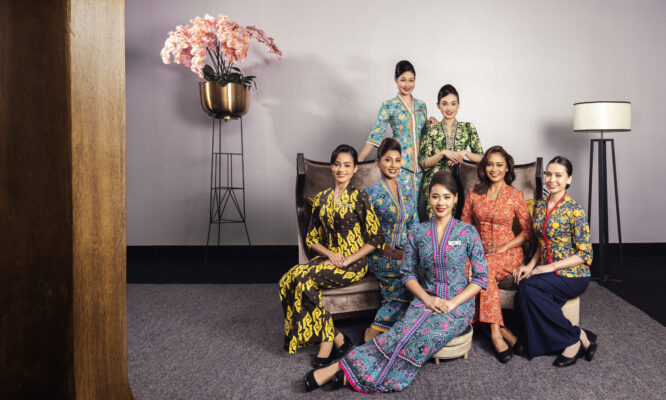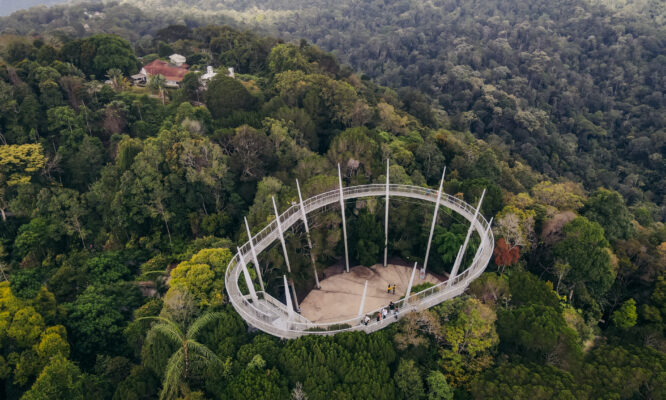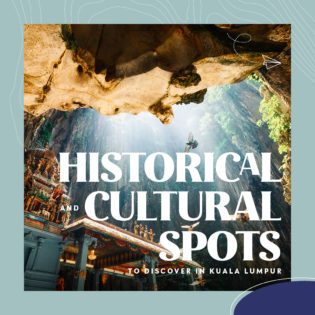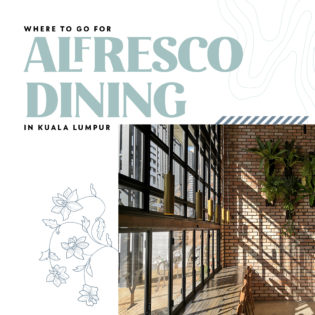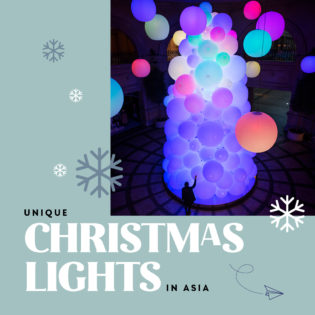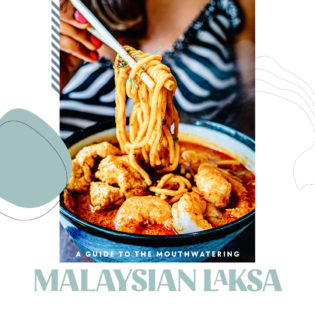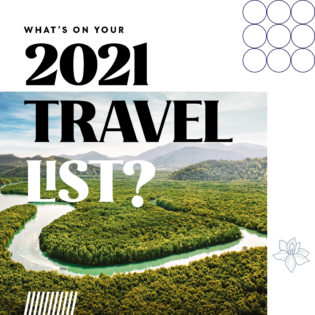A futuristic metropolis built on ancient foundations, Taipei is where tradition and modernity collide

Slicing up through the swirling mist, the luminous tower of the Taipei 101 Financial Centre is the first sight that greets visitors to Taipei. Its tiers are modelled on a bamboo cane – a fitting homage to a city that’s a manic fusion of old and new, where the parks are filled with the elderly practising tai chi and students dancing to Mandopop. There are wasp-yellow taxis whizzing past Taoist temples and city lights are punctuated by columns of steam rising from street food stalls. Filled with cartoonish kawaii and anime stores, it also guards a wealth of Chinese artefacts. This is the mesmerising glory of Taipei.

Grand traditions
Taiwan lacks one dominant religion. Instead, Confucian values provide a moral backdrop to the rites of Taoism and Buddhism, while a single temple can honour deities from multiple faiths. Taipei is crammed with holy sites, but Bao’an may be its most spectacular. Built in 1760, this folk temple gleams with fresh paint due to a 2002 UNESCO award-winning renovation. A shrine of real-life medical doctor Baosheng Dadi is flanked by stone dragon columns, while the winged roofs yield more intricately carved details with each look. The best time to visit is near sunset, when the paper lanterns glow and the air is laced with incense pressed between the palms of devotees, who bow to the idols before leaving through the customary left door.
Taiwan owes its diversity to its colonial history, which saw periods of rule by the Netherlands, Japan, and – more recently – China. In 1949, at the close of the Chinese Civil War, defeated ruler Chiang Kai-shek fled to Taipei with a wealth of national treasures. These relics are now housed in the National Palace Museum, a collection of over 600,000 artefacts encompassing ceramics, calligraphy and art. Rotating painting exhibitions honour the great Chinese masters, and there is a comprehensive display of jade carvings. Selfie stick-waving tour groups crowd in during the day; try to catch the quieter late openings on Friday and Saturday evenings.
After his death in 1975, the enormous Chiang Kai-shek Memorial Square was built, comprising the Memorial Hall, National Concert Hall and National Theatre. All three are constructed in an audacious Chinese neo-classical style, with tiered roofs and fluted tiles. The dazzling white walls of the Memorial Hall house an imposing bronze statue of Chiang; a slick changing of the guard takes place every hour.
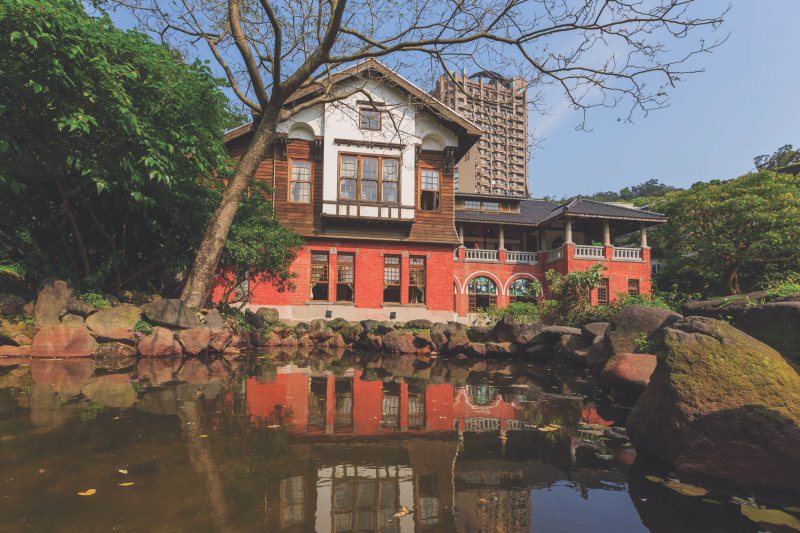
Natural beauty
While there are many Asian cities set among natural wonders, perhaps only Taipei can claim some accessible by metro. Alight at Xiangshan Station for Elephant Mountain, whose leafy trunk cuts right through Xinyi financial district. It’s a short but challenging climb to the top; the air is loaded with humidity as well as hundreds of swirling butterflies. For the dedicated, there are longer hiking trails that snake off into the jungle, looping back to the city after several kilometres. The mountain’s famous viewpoints become crowded at sunset, when locals scramble up to see the fading light gleaming on the mirrored walls of Taipei 101.
At the other end of the line is Beitou (alight at Xinbeitou), a natural hot springs area that became a sprawling resort town under Japanese rule. The Beitou Museum – once the colonial Kazan Hotel – is a wonderful introduction to the area’s history. Many of the upstairs rooms have been preserved in their original state, and there is a folk-art exhibition downstairs. Walk back along the seething river to the Thermal Valley, where the wind whips sulphurous steam into a roiling mass. Lately, the geothermal might of the springs has been harnessed in glitzy spa hotels, where each room has its own private onsen.
Change at Da’an for the Maokong Gondola, a glass-floored cable car that ascends 300 metres over the Tamsui River Basin, finishing in Maokong Village. Noisy street food vendors greet you on your way out of the station but quickly thin out into a network of winding trails, stitching together tea plantations and cabbage patches. In one of the region’s many teahouses, you can try the floral oolong for which Taiwan is famous: the aptly named Oriental Beauty.
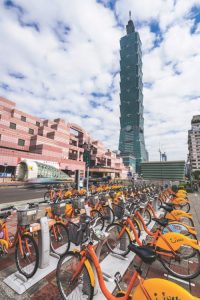
Bright lights, Big city
Taipei’s famous liberalism allows its people to honour their traditional roots while looking towards a technology-driven future. This is most evident in ultramodern Xinyi, Taipei’s financial powerhouse and home of Taipei 101. At 508 metres tall, Taipei 101 is a breath-taking feat of engineering – the pressure-controlled lift zooms passengers up 89 floors in just 40 seconds. Once there, you can see the damper, a 660-ton suspended steel sphere that steadies the building during earthquakes and high winds.
Attached to Taipei 101 is the ATT4FUN shopping mall, selling everything from luxury brands to wooden handicrafts. There’s a store dedicated to Japanese animation giant Studio Ghibli; kids wait in line to have their photo taken on the grinning Cat-Bus, and there’s a life-sized, snoring Totoro of My Neighbour Totoro fame. Hanlin Tea Room, on the top floor, claims to have invented bubble tea – its black-and-white gourmet “panda” tea is a sugary delight, though whether it stands up against the thousands of other tea vendors is a matter of great debate among the Taiwanese.
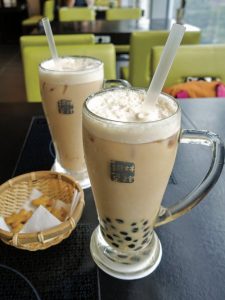
A more rustic style of tea is available at Linjiang Night Market, a gloriously messy anomaly in polished Xinyi. A medley of delicious smells – and some less so – Taipei’s night markets have their own vernacular. There’s the familiar bao buns and beef noodle soup, but also rice-pork sausage – think of a garlicky hot dog, but with a “bun” made from compacted sticky rice. There’s stinky tofu, and oyster omelettes, and ice-cream rolls comprising neat balls of taro, coconut and pineapple ice cream, sprinkled with peanut and coriander and wrapped up like a gift. Watching the food being made is just as delightful as tasting it, and vendors greet visitors like long-lost friends.
Xinyi is a distillation of Taipei’s wonderful contradictions. Under aloof, shimmering skyscrapers, the Taiwanese soldier on – extending their hospitality to all they meet, making delicious food wrapped in layers of colonial history, and risking themselves in chaotic traffic to buy candles and sweets, to make offerings to the gods.

Tips to make your travel around Taipei easier:
- The official language of Taiwan is Mandarin Chinese, but English is widely spoken.
- Visit in spring or autumn to avoid the busy summer and Lunar New Year, when most businesses are closed.
- Taiwan’s metro system (MRT) connects most major sights; bicycle rental scheme YouBike is also a convenient way to get around.
- The pre-paid Taipei Easycard can be used on public transport and at most convenience stores and supermarkets.
- Pick up a local SIM card to avoid roaming charges – data here is fast and cheap.
